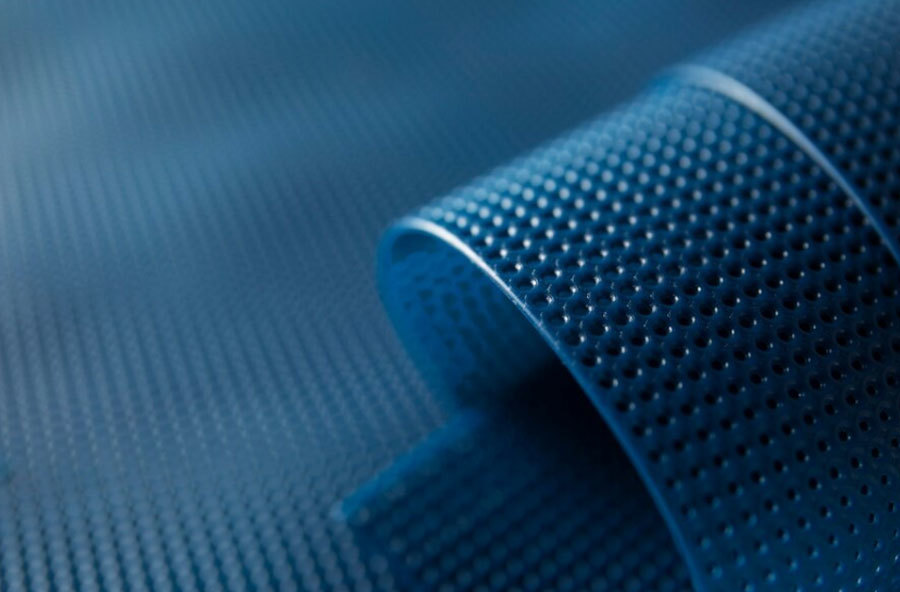What are the wear-resistant materials

Wear-resistant materials are a kind of important engineering materials, which are widely used in mining, metallurgy, electric power, chemical industry and other fields. Its main feature is that it can withstand high wear and tear environment and extend the service life of the equipment. The following are some common wear-resistant materials and their materials.
1. Metal materials:
(1) Carbon steel: It has good wear resistance and is often used in the manufacture of wear-resistant parts and components.
(2) Alloy steel: By adding alloying elements, the wear resistance, strength and toughness of steel are improved.
(3) Stainless steel: It has excellent corrosion resistance and wear resistance, and is suitable for corrosive environments.
2. Non-metallic materials:
(1) Plastics: Some plastics such as polytetrafluoroethylene and nylon have good wear resistance and are often used in the manufacture of bearings and seals.
(2) Rubber: Natural rubber and synthetic rubber have good wear resistance and are often used in the manufacture of conveyor belts and seals.
(3) Ceramics: Ceramic materials have high hardness and good wear resistance, and are widely used in ceramic bearings, grinding balls and other fields.
3. Composite materials:
(1) Polymer composite material: It is composed of plastic and fiber reinforced materials, with excellent wear resistance and mechanical properties.
(2) metal matrix composite materials: the metal and ceramic particles, fiber composite, improve the wear resistance of metal.
(3) Ceramic matrix composites: ceramic as the matrix, adding fiber, metal and other reinforcing materials to improve the overall performance of the material.
4. Special wear-resistant materials:
(1) Wear-resistant cast iron: It has high hardness and wear resistance and is widely used in the manufacture of abrasives, abrasives, etc.
(2) Wear-resistant alloys: alloys prepared by special processes with excellent wear resistance, such as alloys for high-speed cutting tools.
(3) Superhard materials: such as cubic boron nitride, diamond, etc., have extremely high hardness and wear resistance, suitable for high-precision processing and extreme wear environments.
In short, there are many types of wear-resistant materials, including metals, non-metals, composite materials and special wear-resistant materials. The selection of suitable wear-resistant materials should be determined according to the specific use environment, working conditions and performance requirements. In practical applications, factors such as material processability and cost should also be considered. I hope the above introduction can help you better understand the types and characteristics of wear-resistant materials.
Key words:
Previous article:







